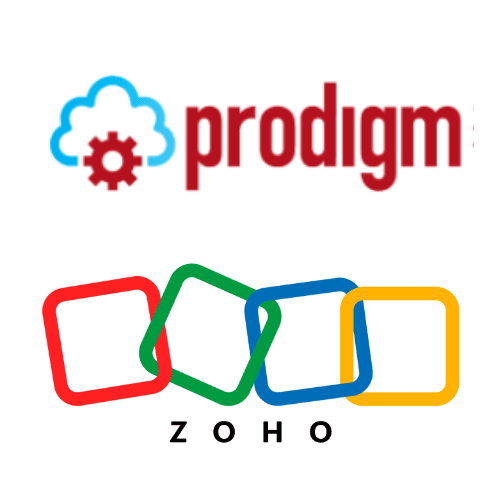Five effective strategies to eliminate leads that are unlikely to turn into clients
“Most of it is sand and rocks, the rest of it is pure gold”
Has your team been chasing leads endlessly, spending hours meeting with different people, but unable to convert them into customers? While your first instinct may be to second-guess the ability of your team, very often the lead itself may not be worth the chase. A quality lead is the shortest path to a successful conversion, and knowing when to eliminate the sub standard ones will help you.
Identifying non-prospects early in the sales cycle can prevent your team from putting a lot of time and effort into them. This translates into a substantial marketing cost reduction and better employee morale.
Here are a few questions that will help your team qualify leads and determine the chances of a lead being converted into a client. Many models are available that can help you think about early qualification of leads including the Sandler Selling System which covers questions like these.
#1 - When does the lead require your service or product?
A prospect’s sense of urgency is the biggest guarantee of lead conversion. If your offering caters to a current and critical need of the prospect, they will not hesitate to spend their money. If you are unsure of when a prospective customer needs what you offer, start by finding out. Knowing where they are in their purchase journey will help you estimate the likelihood of a conversion.
#2 - Why are they buying your offering and what made them consider you as a vendor?
Knowing your lead’s reason to purchase your offering can help you market more effectively. Knowing the key aspects that the prospect is looking for in a vendor can also help you customize your sales approach and seal the deal quickly. Understanding their pain points can help your team offer the appropriate solutions to prompt the lead to make the purchase sooner.
#3 - Does your offering fit within the prospect’s budget?
Spending time on a lead that cannot afford your goods and services is highly unproductive.Knowing how much the prospect is looking to spend will help your team offer only the solutions that fit the prospective customer’s budget. When a customer doesn’t feel like they are being upsold, it builds trust and a greater likelihood of conversion.
#4 - Who is making the decision?
When selling, it is essential to know who will make the final purchase decision. Any of your team’s time and effort spent on anyone other than the key decision maker is likely wasted. While it is true that in a corporate environment it’s best to follow the hierarchy, your team can shorten the purchase time by reaching the key decision maker sooner by building relationships along the way.
#5 - Why are they considering you and are they looking at your competitors?
Knowing why a lead is considering your offering and whether it is the only product under consideration can help your team estimate the probability of conversion more accurately. A lead that is evaluating many of your competitors is probably just browsing, and far from a decision.
Many salespeople fall over their own open mouth spouting on about their products. Early qualifying of a contact is all about need and fit. Don't be afraid to say ‘No, we don't fit your needs’ if you don’t.
A robust CRM software can track lead behaviour and help you close deals sooner. It allows small and medium sized businesses to develop a proactive sales approach and helps you find the answers to the questions above.
We can help you set up or get more from your CRM so your team can eliminate leads that will require a lot of effort to convert and focus on the ones that promise greater success!
Check out our training sessions for all the information.
